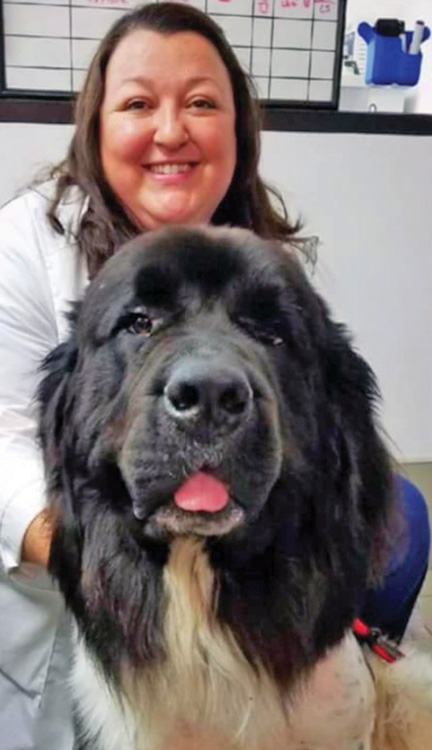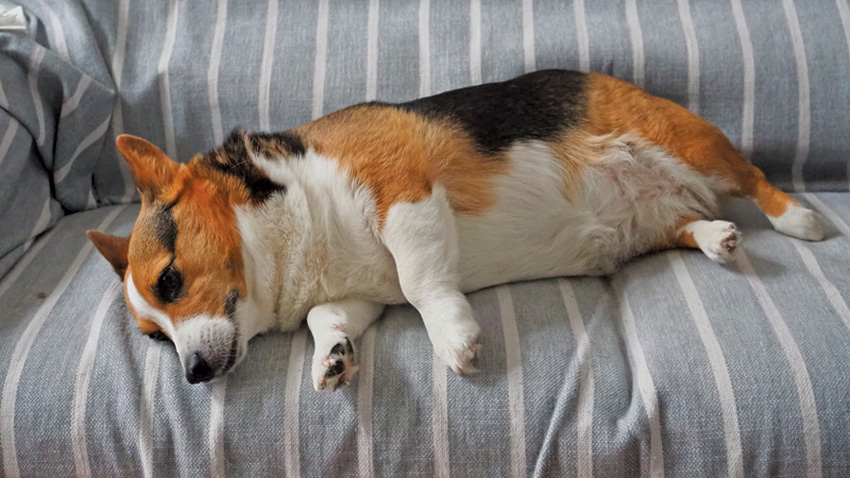Many breeds, including brachycephalics such as English bulldogs and French bulldogs, require a Caesarian section to reduce mortality of the dam and her puppies, even in a non-emergent setting.
Dystocia is a medical emergency that may require emergent surgical intervention to save the lives of the dam and her puppies. Many breeds, including brachycephalics such as English bulldogs and French bulldogs, require a Caesarian section (C-section) to reduce mortality of the dam and her puppies, even in a non-emergent setting. The perianesthetic period of these cases is complex and requires the clinician to be aware of numerous aspects of case management.
Teamwork Saves Time
The time the dam is under anesthesia should be minimized. Clip hair from the ventral midline and the lumbosacral (LS) space and perform a dirty scrub prep of the skin. Induction should be performed in the operating room (OR).
A team approach is most beneficial: one team induces and does the final surgical preparation while the surgeon scrubs and gowns and is ready when the patient is. With practice and coordination, an experienced team can often have all puppies removed within 5 or 10 minutes of induction.
It is also important to have a team devoted to resuscitating the puppies as they are removed from the uterus.
Supporting the Dam
Oxygenation is vitally important to both the dam and her puppies. During pregnancy, there is an increase in plasma volume without a concurrent increase in hemaglobin concentration to improve cardiac output, causing anemia. Pre-oxygenation with a tight-fitting facemask prior to induction reduces the risk of hypoxemia.
Following induction and intubation, the dam is placed in dorsal recumbency on the OR table. The gravid uterus causes compression atelectasis of the lungs and alters ventilatory mechanics in the dam. Assisted ventilation to reduce atelectasis and improve oxygenation and inhalant delivery is recommended.
During resuscitation of puppies, flow-by oxygen is important, as puppies will become bradycardic when they are hypoxemic.
A gravid uterus also places pressure on the stomach, which can predispose the dam to nausea, vomiting, and regurgitation. This can also place them at an increased risk of aspiration pneumonia. Administration of injectable maropiant can reduce nausea associated with gastric compression and provide mild visceral analgesia. Rapid intubation and cuff inflation during induction also reduces the risk of aspiration occurrence.
Risky and Recommended Medications
Neonates are highly reliant on their heart rate to maintain cardiac output. Typical analgesic premedications (such as opioids) cross the placenta, causing bradycardia, apnea, and reduced APGAR score of puppies. Sedatives (such as alpha-2 agonists) alter uterine blood flow and cause bradycardia, placing the puppies at risk.
An intravenous catheter should be placed in the dam without premedications; then the dam should be induced with propofol or alfaxalone. Ketamine has been shown to reduce APGAR scores in puppies and should be avoided. At induction, an LS epidural with preservative free lidocaine can also be performed to provide local anesthesia that is quick onset but also has a short duration of action so that the dam will not have lasting effects post anesthesia.
Periparturent dams are often hypovolemic, due to physiologic changes and fluid losses combined with the inappetence during the birthing process. Often they are in need of intravascular volume (intravenous fluid bolus) and/or vasopressor support (e.g., dopamine). Following removal of all puppies, then an opioid (hydromorphone, buprenorphine, etc.) can be administered to provide surgical analgesia. If the opioid is accidentally administered before all puppies have been removed from the dam, then a drop of naloxone can be placed sublingually in the puppy to reverse the cardiovascular and respiratory effects of the opioid.
Conclusion
The perianesthetic period for C-sections requires knowledge of complex physiologic and pharmacologic concepts, but it is manageable in a general practice setting. The anesthesia service is available for consults, if you wish to discuss a C-section protocol with our team.





